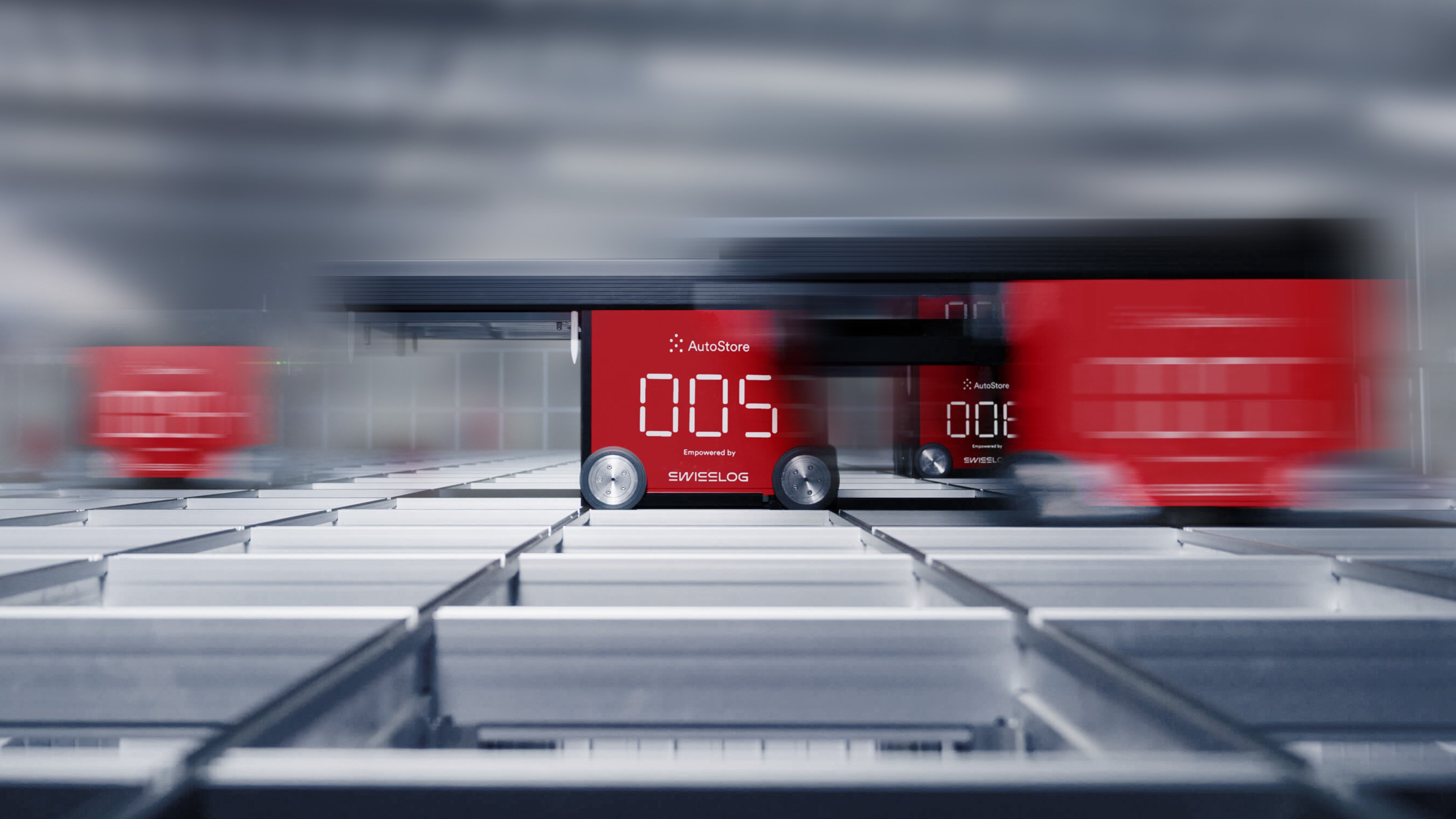The Benefits of Using Service-Oriented Architecture (SOA)

This is the fourth in a five-part blog series focusing on the real-world benefits of Swisslog’s modular Warehouse Management System (WMS), SynQ. The first blog discussed the ways SynQ is helping Customer Service teams facing new COVID-19 challenges. The second blog looked at the problem-solving benefits of SynQ’s Automation Visualizer. The third blog focused on how the global software community is sharing experiences to help enhance processes and drive future efficiencies. This fourth blog will focus on the simple and flexible integration with ERP and WMS systems by utilizing Service-Oriented Architecture with Swisslog’s SynQ modular WMS.
Automated warehousing and logistics systems can provide many great benefits. They help with increasing throughput, reducing physical footprint, and enhancing customer service, just to name a few.
But what happens when an advanced new automation system needs to talk to existing ERP or WMS systems already well-established and ingrained in business processes?
These existing systems are often productively contributing to operations, and to completely remove or overhaul them would be expensive, time-consuming, and impractical. Instead, it’s better if the new automation software, such as Swisslog’s SynQ modular WMS (Warehouse Management System) can communicate and interact with these existing systems.
A solution you can bank on
Swisslog conducted extensive research to determine the best way for automation software to integrate with existing ERP (Enterprise Resource Planning) and WMS software, and it was the banking and financial sector that provided inspiration.
Banking and credit card transactions use Service-Oriented Architecture (SOA) to provide the required level of responsiveness demanded of such applications. When you visit a café to buy your lunch, and you use a credit card to pay, it’s SOA that communicates between the shop and your bank to process the transaction. So we thought, if it works for your lunch, why not for your warehouse?
Swisslog found that SOA was the best way to integrate physically and technologically heterogeneous systems, minimizing the impact on the already productive software architecture and on SynQ itself. Utilizing SOA delivered a reduction in the response time of the entire warehouse system by increasing the speed of information circulation between SynQ and the ERP that manages the business processes.
In essence, software that utilizes SOA is:
• Flexible, because the architecture can be extended and reduced without any impact on the “as is” system.
• Fast and simple, because this technology is commonly used by a large portion of developers, and it is integrated into leading ERP and WMS systems on the market. It is universally recognized in the development world, and is therefore simple to integrate.
Five benefits of using Service-Oriented Architecture:
1. Efficient and easy extension of business processes
SOA allows SynQ to provide a set of modular software components (called services), where each one corresponds to a common warehouse process (such as putaway, picking or inventory management). These services are organized to match the needs of a warehouse. Because these are commonly recognised services, when an external system integrates with SynQ, information on these processes is shared, and those that are already in place are identified as “implemented”. This shared knowledge can greatly speed up system integration, and can reduce realization time from both the Swisslog and ERP developer side.
After this integration is complete, if something is missing, the modular nature of the SynQ SOA allows Swisslog to extend the common interface and introduce a new component that is customized to suit the needs of a particular application.
2. Unique and universally recognised communication architecture
SOA is an international standard recognized by the main technical communities around the world. Most ERPs are now capable of integrating with, and being integrated into SOA. This means that SynQ’s standard interface can communicate with surrounding systems when first installed, to bridge the technical gap between the two systems.
Further, these days it is not required for both systems to use the same programming language, or even to share the same middleware components (such as file systems or databases) to exchange data, because the data transfer occurs on the network, which reduced delays from obsolete additional components.
3. High speed in the circulation of information between systems
SOA, in combination with event-driven patterns (we will go into more detail on this in the next blog post – but it is essentially architecture that uses production, detection, consumption of, and reaction to events to form patterns at take actions), increases the speed of information exchange between the different systems involved.
This combination exponentially increases the speed of information between SynQ and the host system, and information can be acquired in real-time. This real-time data can be used to provide updates of warehouse stock levels and/or goods supply so that managers can plan and regulate incoming and outgoing goods based on the warehouse’s real status, rather than hypothetical projections.

4. Reduced cost of software management and upgrades
The modularity of SOA helps software managers to reduce costs in the software lifecycle. Any updates or modifications can be implemented without affecting the correct functioning of other services, meaning the warehouse experiences significantly reduced downtime while the software is updated, modified or serviced. If an organization wishes to upgrade or modify its warehouse, new services are able to be added to extend or change the functionality of the system, without impacting any of the existing services.
5. Warehouse updates in real time
As we touched on in point 3, the adoption of SOA allows SynQ to update the company's ERP system in real time with the real status of the warehouse. This situation is the result of combination of the SOA technology and the SynQ interface provided for the host system. By integrating the host system using the SynQ standard service interface natively, both systems can benefit from the SynQ warehouse framework.
This framework contains the benefits of Swisslog’s extensive global logistics experience and includes an up-to-date picture of the state of the warehouse, which allows managers to provide real-time responses to business needs and to anticipate possible critical issues such as missing inventory or customer order management. It also enables simple quality control of goods and expiry management of expiring goods. Dynamic and fast communication from SynQ allows the ERP system to acquire information without the latency times experienced on systems prior to the Industry 4.0 SynQ solution.
Conclusion
For businesses seeking flexibility, simplicity, and speed in their warehouse management, a modular WMS such as Swisslog’s SynQ can provide an ideal solution, and it’s the SOA that allows effortless integration with other WMS and ERP systems.
SOA allows software experts to add, remove, or modify any individual component within the SynQ system, without impacting any other parts, making it perfectly suited to business growth and development.
Speak to a Swisslog expert about how SynQ can help optimize your warehousing and logistics operations.

AutoStore offers superior density, throughput, and availability for warehouses. Powered by Swisslog’s SynQ software, it provides significant ROI where applicable, although it isn’t right for everyone.





